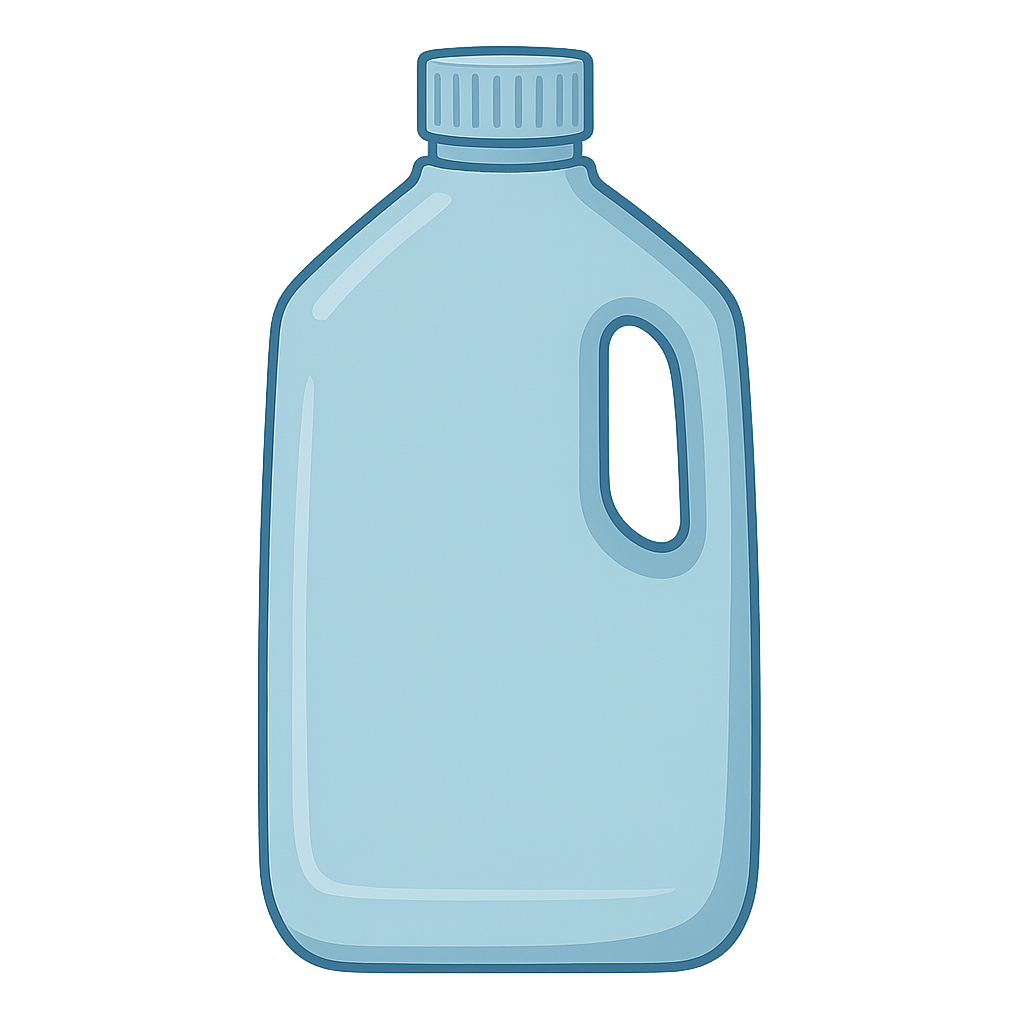I am Plastic: The Story of a Shape-Shifter
Hello there. You might not know me by name, but I am everywhere around you. I am the colorful bricks you build with, the bottle you drink water from, and the case that protects your family’s phone. I am Plastic, and I am a master of disguise, a shape-shifter. Before I came along, the world was a very different place. If you wanted to make something strong, you had to use heavy, clunky metal. If you wanted something clear, you had to use glass, which could shatter into a thousand pieces. Most other things were made from wood, which was sturdy but not very flexible. Some of the most beautiful objects, like the shiny white keys on a piano or the smooth, rolling balls for the game of billiards, were made from ivory. But ivory came from the tusks of elephants, and people knew there had to be a better way to create things without harming animals. They needed a new material, something strong but light, colorful but tough, and able to be molded into any shape imaginable. They were waiting for me.
My story begins not in a single flash of genius, but in a series of curious experiments. My first real appearance was in 1862, thanks to a clever inventor in England named Alexander Parkes. He was mixing different materials in his workshop when he created a new substance he called 'Parkesine.' It was me, in my earliest form. I was the very first man-made plastic. I could be heated and pressed into different shapes, and when I cooled, I looked a bit like ivory. It was a wonderful start, but I was still a little too expensive to make for everyone to use. My big chance came a few years later, across the ocean in America. A man named John Wesley Hyatt heard about a contest offering a big prize to anyone who could create billiard balls without using ivory. He got to work in 1869, improving on Alexander Parkes's idea. After many tries, he created a stronger, more useful version of me and named me 'Celluloid.' It was a huge success. Suddenly, people could have beautiful billiard balls without harming a single elephant. Celluloid became very popular, and soon I was being shaped into all sorts of things, from combs and shirt collars to the film that was used to create the world's very first movies.
My early forms were amazing, but they were made using parts of plants, like cotton. My biggest change was yet to come, and it happened because of a brilliant chemist named Leo Baekeland. He believed he could create a new version of me from simple chemicals alone, something completely synthetic. On November 11th, 1907, he succeeded. He mixed two chemicals in his laboratory, heated them up, and created a hard, durable, dark material. He called this new me 'Bakelite,' and I was a superstar. Unlike Celluloid, I was not flammable and could withstand high heat without melting. This made me perfect for the new age of electricity. I was a fantastic insulator, which means I could stop electricity from traveling where it shouldn't. Soon, I was the heavy, shiny black material used to make telephones and the cases for radios. My strength made me perfect for the handles on cooking pots, and I could even be made into colorful, chunky jewelry. I was called 'The Material of a Thousand Uses,' and I helped build the modern world.
That amazing breakthrough with Bakelite opened the floodgates for my whole family to arrive. I am not just one thing; I am thousands. My relatives are the plastic used to make sturdy LEGO bricks that click together perfectly, the soft fleece jackets that keep you warm, and the lightweight parts inside computers and cars. I travel to space on rockets and help save lives in hospitals, where sterile plastic tubes and tools are used every single day. I am proud of the way I have helped people solve problems and create amazing things. Because I am so strong and last for a very long time, my story has a new chapter today. It is very important for people to be smart about how they use and reuse me. The next great inventors—kids just like you—have the important job of finding new ways to recycle me and use my shape-shifting powers to build a better, cleaner world for tomorrow.
Reading Comprehension Questions
Click to see answer
